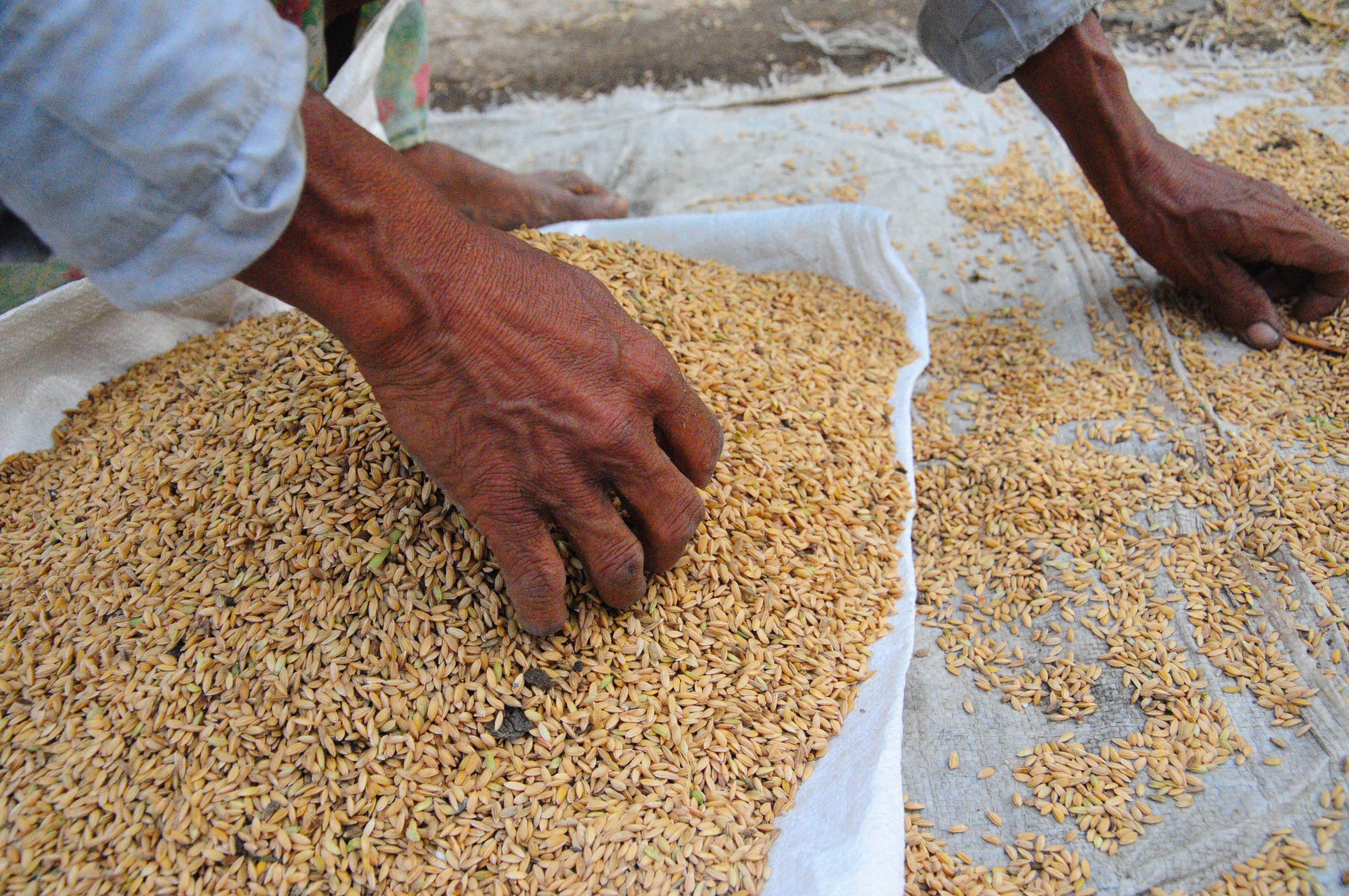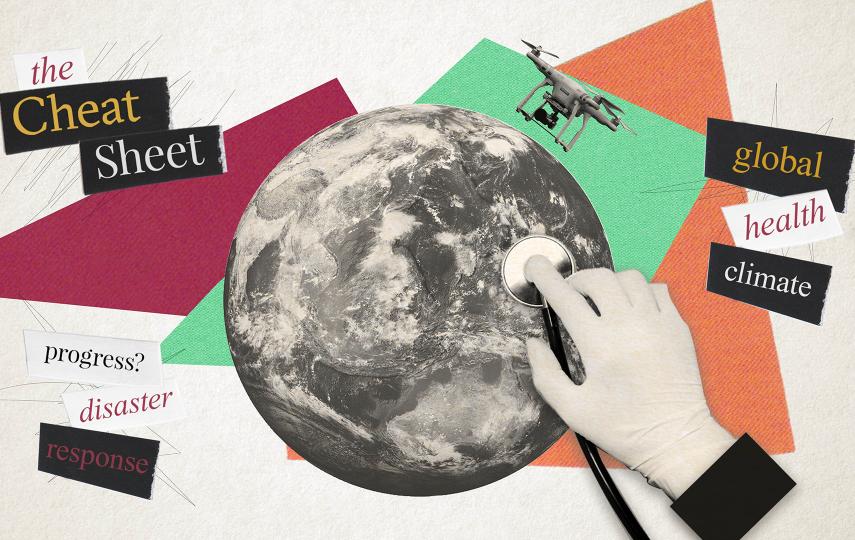“We expected a yield of around 2.75 million metric tons from the harvest due in March to April,” Kulugammanne Karunathileke, secretary to the Ministry of Agriculture, told IRIN. “After the heavy rains we will only get around 1.75 million.”
Karunathileke, the highest ranking official at the ministry, said the country had expected a bumper crop - until flooding, which began in January, left some paddy fields under water for up to 11 days. The worst-hit areas are in the eastern districts of Ampara, Batticaloa, Polonnaruwa, Trincomalee and the north-central district of Anuradhapura.
Together they account for over 1.2m tons of the harvest.
Of the over 700,000 hectares cultivated this season, more than 200,000 have been destroyed, Karunathileke said.
Rice experts warn that yields will probably also be low in areas not directly affected by the flooding.
“The indirect damage is the spread of fungal diseases that will cause the harvest to drop even in areas outside the flood zones,” Nimal Dissanayake, director of the Rice Research and Development Institute (RRDI), said.
Meanwhile, the impact on rice stocks and prices is already being felt, with the UN World Food Programme (WFP) now having to buy supplies at higher prices due to lack of stocks, and flooded mills.
“We have made a request to the government to import rice for WFP rations,” Devesh Shankhdhar, WFP’s head of procurement in Sri Lanka, said.
WFP has warned that vegetable prices could also rise.
Hoarding
On 10 February the government warned that traders selling rice at above government-determined prices would be prosecuted, and at the same time it released a buffer stock of 25,000 tons onto the market.
Agriculture Ministry Secretary Kulathileke said the government was keen to stop bulk suppliers hoarding rice. “When stocks are low, we have seen that happening. This is something that we will have to keep a keen eye on.”
According to the RRDI, there were around 400,000 tons of 2010 rice stocks in the country.
“If those stocks are made available, we can keep prices in check till June or even July without shortages,” Dissanayake said.
The government is also planning to bring forward the secondary `yala’ harvesting season, which usually falls between March and September.
In recent years the `yala’ harvest has brought in high yields. `Yala’ is cultivated using irrigated water and Dissanayake warned that success would depend heavily on how fast damaged irrigation networks can be repaired.
ap/ds/cb
This article was produced by IRIN News while it was part of the United Nations Office for the Coordination of Humanitarian Affairs. Please send queries on copyright or liability to the UN. For more information: https://shop.un.org/rights-permissions





